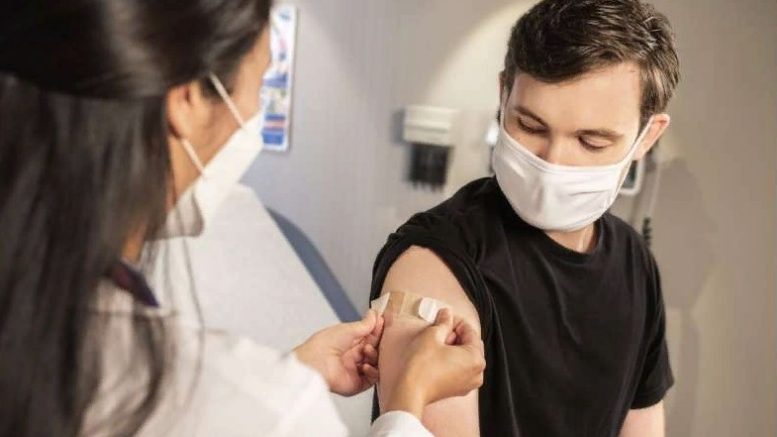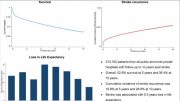During night shifts, doctors and nurses require 20-minute power naps to keep patients safe
Dr. Nancy Redfern of Newcastle Hospitals NHS Foundation Trust, Newcastle, UK, will present a review at this year’s Euroanaesthesia congress in Milan, Italy (4-6 June) on the potentially lethal effects of fatigue on doctors and nurses themselves, as well as its impact on the quality of their clinical work and judgment, and thus patient safety.
She will conclude that, as a result of these dangers, “healthcare should have formal risk management procedures, just as every other safety-critical industry is mandated by law.” She will also urge that all doctors and nurses take 20-minute power naps during night shifts to keep patients safe (and make their own commutes home after work safer), and that no doctor or nurse work more than three night shifts in a row.
Dr. Redfern will present data from a variety of sources, including a survey published in the journal Anaesthesia by the joint Association of Anaesthetists, Royal College of Anaesthetists, and Faculty of Intensive Care Medicine fatigue working group, which found that nearly half of trainee doctors, consultants, and nurses had been in an accident or had a near-miss driving home after a night shift.
Indeed, research has shown that driving after being awake for 20 hours or more and during the body’s circadian low point (at night or very early in the morning when it needs sleep the most) is just as harmful as driving with blood alcohol levels above the legal limit. Workers who drive home after completing a 12-hour shift are twice as likely to crash as those who finish an 8-hour shift.
After two or more nights of interrupted sleep, a “sleep debt” develops, and it takes at least two nights of decent sleep to recoup. After 16–18 hours awake, cognitive performance deteriorates, impairing the medical worker’s capacity to engage successfully with patients and colleagues.
“When weariness sets in, we as a medical and nursing team become less empathic with patients and colleagues, our attentiveness becomes more variable, and our logical reasoning suffers, making it difficult to determine, for example, the right drug doses a patient requires,” explains Dr. Redfern.
We have a hard time thinking in a flexible manner or remembering new information, making it challenging to manage rapidly changing emergency situations. Our mood deteriorates, and our teamwork weakens as a result. As a result, everything that keeps us and our patients safe is compromised.
She’ll talk about how exhaustion causes uncontrollable, unrecognized “sleep lapses” or “microsleeps,” which means that driving home tired is the most perilous thing a healthcare provider can do. Short 20-minute power naps have been shown to improve staff and patient safety, and techniques to incorporate them into night shift work will be reviewed.
The issue of weariness is being addressed on a variety of levels. The European Society of Anaesthesiology and Intensive Care (ESAIC), which sponsors Euroanaesthesia, is developing night-shift guidelines, and the Association of Anaesthetists is running a #fightfatigue campaign.
The European Board of Anaesthesiology and the European Patient Safety Foundation are also working in this area, and Dr. Redfern says that many European countries, such as the UK, Romania, the Netherlands, and Portugal, are taking action and showing the way.
“We hope that, in the end, authorities will realize that healthcare professionals have the same physiology as employees in every other safety-critical industry,” says Dr. Redfern, “and will demand official fatigue risk management as part of its overall approach to patient and staff safety.”
She finishes by saying: “To alleviate the impacts of weariness, we need to change the way we manage night shifts.” Those working night shifts must ensure that everyone takes a power nap and that we help one another remain safe and aware. Staffing schedules should allow for adequate rest time between shifts, and no one should work more than three night shifts in a row. “





